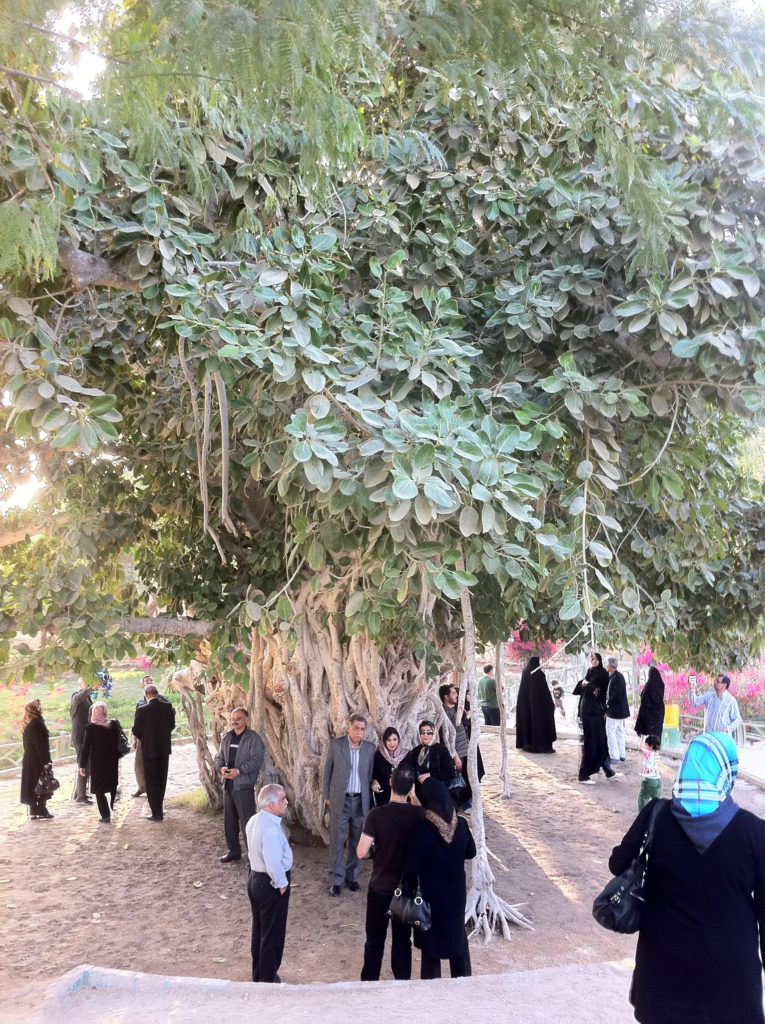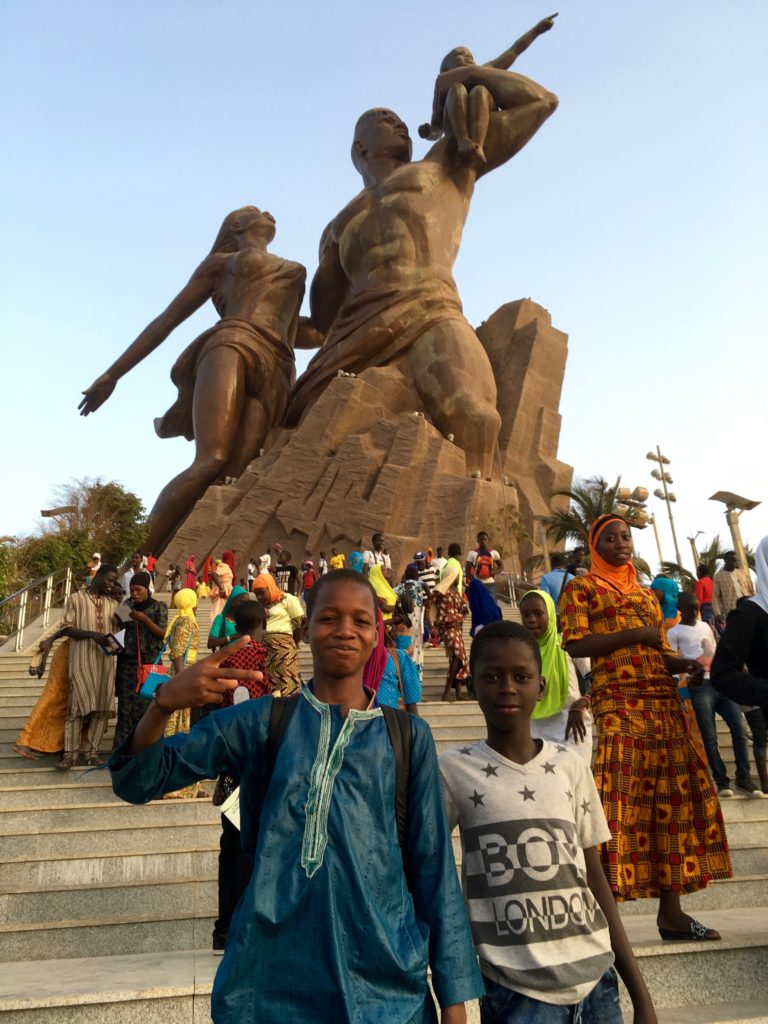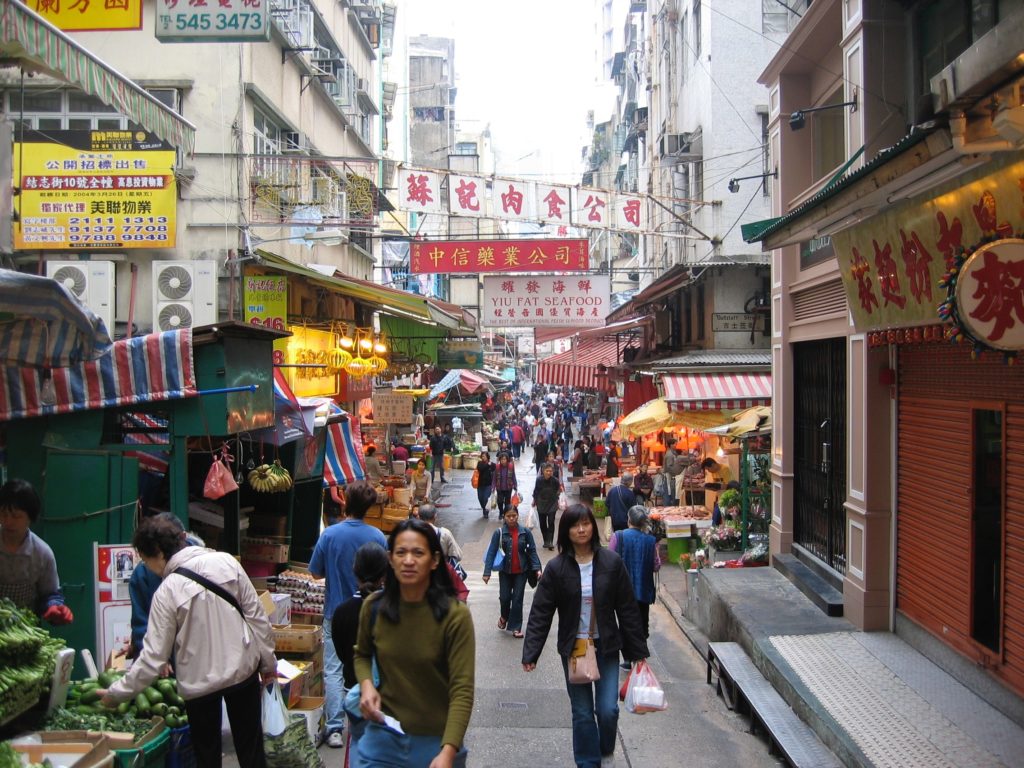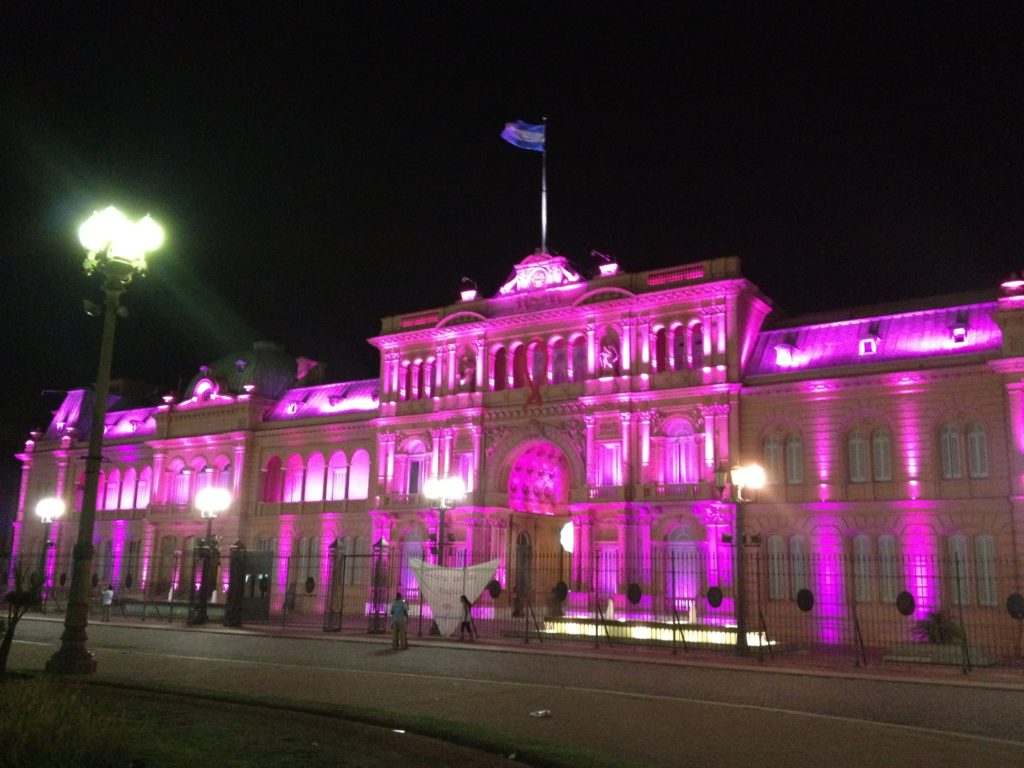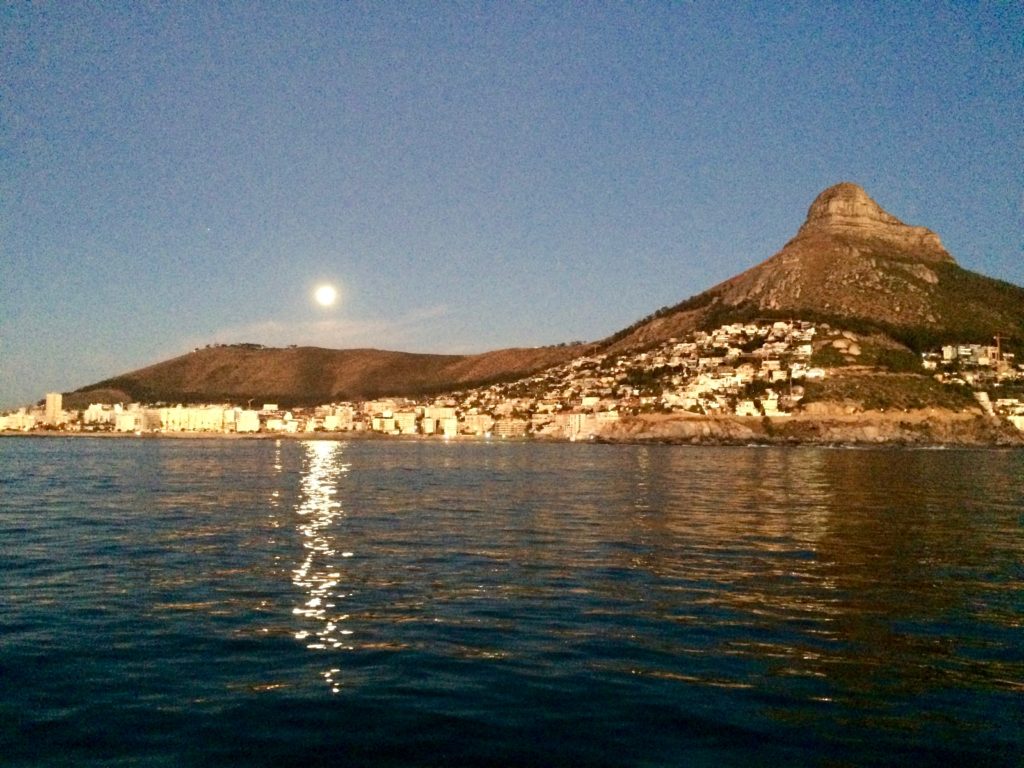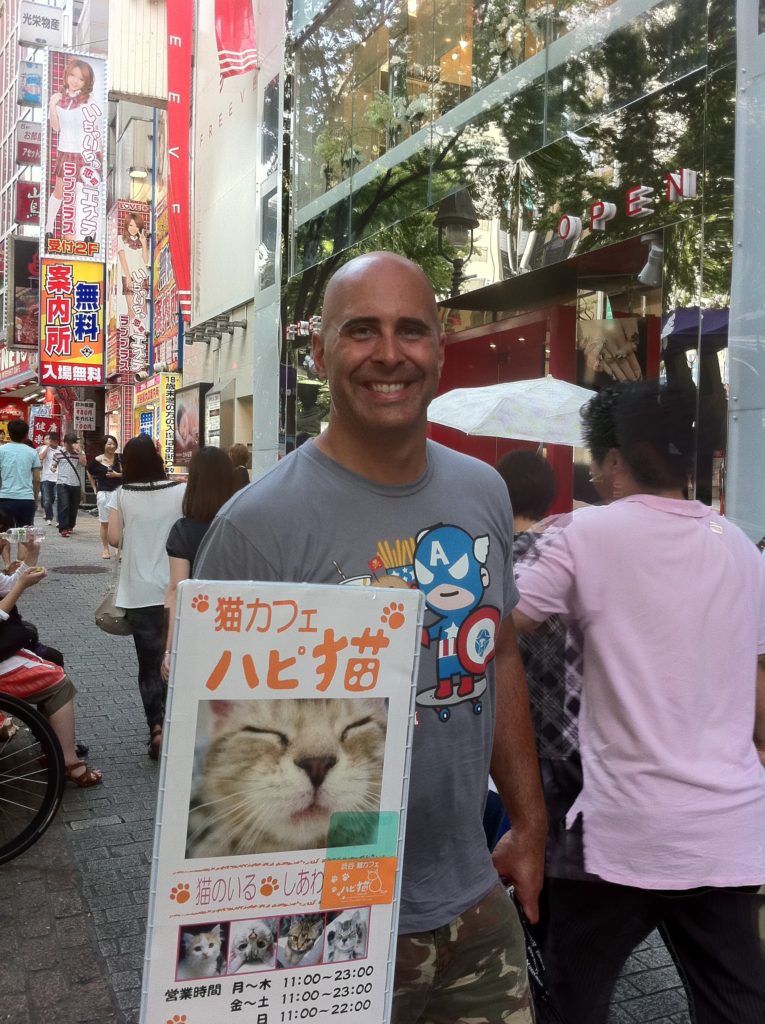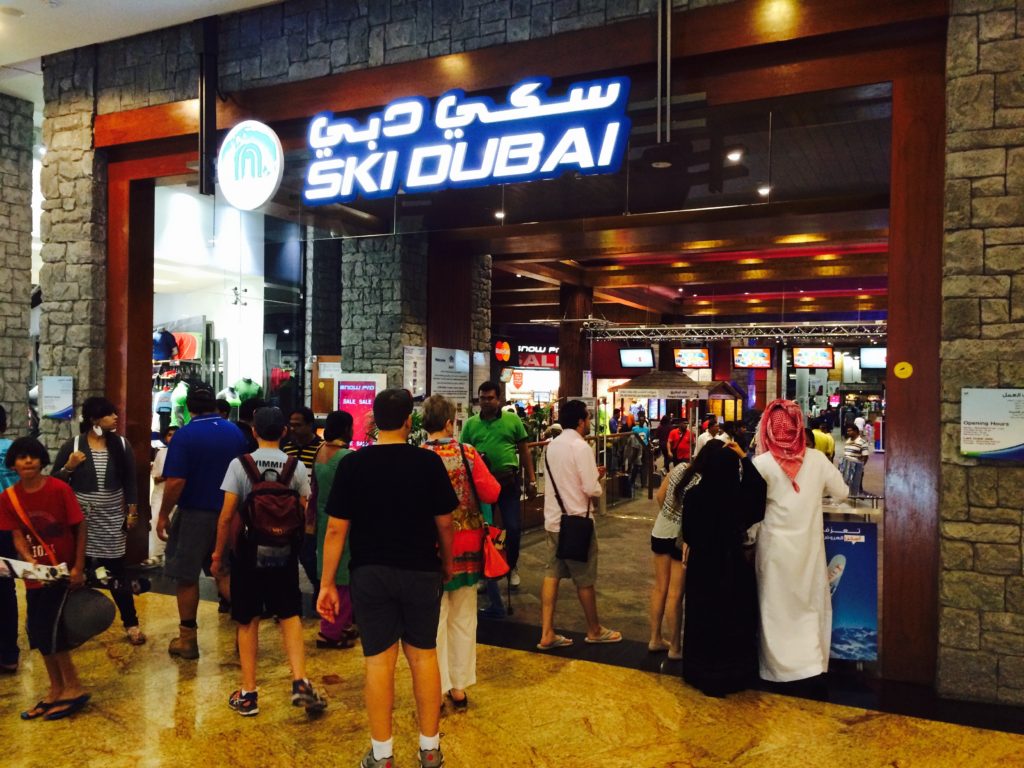One of the most common questions I get about travel regards staying healthy. Not the normal stuff like how do you avoid catching a cold flying in a large tin can filled with sick people, but how do you actually stay healthy in developing countries? This question is usually followed by “oh I could never go to Africa, don’t you need lots of shots?” Well, yes, and no. To try and address some of these questions, I’ll break travel health in developing countries down into three categories: (1) what shots do you need (2) what medications do you need and (3) what is safe to eat and drink?
As a bit of background, two things I need to mention: this isn’t professional medical advice, but much of it is pulled from the US Center for Disease Control (CDC) or other governmental travel health sites. Consult your own travel health specialist for a professional medical opinion. Secondly, this isn’t advice for your next vacation to Paris or London. In general traveling in developed countries (most of Europe, major cities of Southeast Asia, Australia, Japan, etc) doesn’t require too much in the way of specialized preparation as far as travel health goes. Oh, but if you go to Australia the sun is most uncivilized, so you might want to bring extra sun cream due to the holes in the ozone later. Moving right along…
Eating and Drinking
As far as eating and drinking go, the first thing you should always think about is water. You need clean water to survive, and that’s not always the easiest thing to find. The good news is, in most developing countries lots of people drink bottled water for safety, so it’s relatively easy to find. Drinking tap water just isn’t worth the risk – it would be all to easy to at best catch some stomach bug that ruins days of your vacation and at worst you could end up with some nasty parasite. Even if this means getting extorted by your fancy hotel for a $5 bottle of water at the hotel restaurant, do it! Think of how much you spent on your vacation, and the $5 is a small price for staying healthy. Also, when buying water, make sure the bottle is still sealed. If there’s any question that the seal might have been tampered with, don’t drink it! People are of mixed opinions on brushing teeth with hotel tap water, but personally I don’t risk it. It just takes a few splashes of bottled water to brush your teeth, so again, not worth the risk.
Regarding other beverages, in many developing countries you’ll find lots of fruit juices for sale, especially on the street. Generally you have no idea how clean the press making that juice was, so I would personally avoid it. In hotel restaurants and in restaurants with a more middle class group of local people I would say beverages in general are safe. You should be drinking lots of water anyways, but any other sealed and bottled beverages are generally safe as well. Including beer…you should always try the local beer! (unless you think it was brewed in someone’s bathtub…)
Food is much, much trickier. One good rule to go by is to go to places that are popular. Locals usually know the safe (and tasty) places to eat, so anywhere busy that is popular with locals is a good bet. Even better if you see lots of expatriates there – word tends to get around the expatriate community quickly about which places are sanitary to eat and drink at. A few good rules are to always be cautious of salads. Lettuce tends to get washed (if at all) with tap water, which opens you up to all the water problems. Also, anything that’s been sitting out for a long time or that is covered in mayonnaise is also a no-go in my book. I also tend to avoid seafood unless I know it actually came from the sea and is fresh. You’re not going to catch me ordering prawns in the middle of Chad. Best case they came in frozen from somewhere over 1,000 miles away, worst case…well, I don’t want to think about that… If you’re going to eat fruit, peel it first, or at least make sure you can wash the skin with bottled/filtered water.
Medications
Getting sick happens, it’s a fact of travel. Especially colds and other viruses, these things can happen anywhere, but it especially sucks when you travel. Since in developing countries it can be difficult to get basic medications, I always travel with a few basics just in case. A good list of medications is aspirin/advil/tylenol/ibuprofen, something in case your insides go evil…and you absolutely have to leave your hotel like Imodium/Loperamide, and a generic cold/flu medication to treat things like runny nose and congestion. Hopefully they are things you won’t need on your trip, but you’ll be thankful you have them if you do!
Beyond that, there are lots of places it’s super-smart to take prophylactic medication against Malaria. There are several medications out there, and a travel health clinic can advise which is best for the country you’re going to. I personally take Malerone (Atovaquone/proguanil) as I’ve never had any side effects from it, and taken once a day it has helped me avoid Malaria up until now. The CDC has a great map of where malaria is found, but the mosquitos which carry it tend to come out more at night, and reproduce in standing water. It’s not nearly as common in cities as in more rural areas, but consulting the CDC map is a great place to start. Since I have no side effects from the medication I tend to be overcautious and take it if there’s any risk, but it’s a personal choice.
Shots, Jabs, Stabs, and Vaccines
First off, if you don’t believe in science or are an anti-vaxxer please stop reading. I’m going to recommend you get jabbed to protect yourself while traveling. Because…science.
Ok…now that that’s out of the way, vaccines really fall into two categories: those you must get to travel to a country, and those that are optional. Surprisingly, only one vaccine is generally mandatory for travel and that is the yellow fever vaccine.
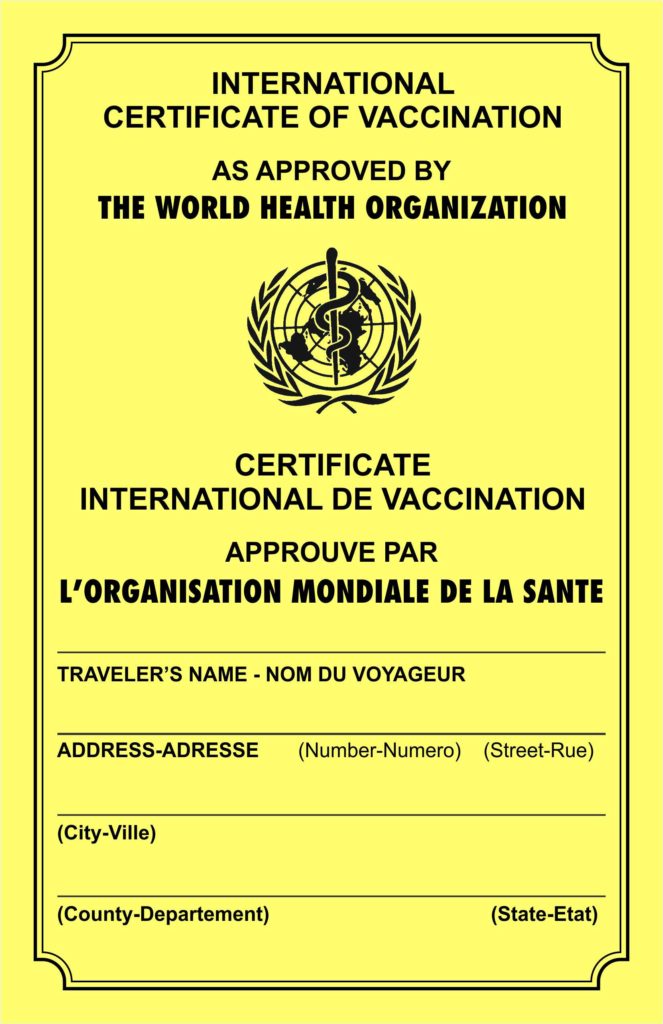
Many countries require you to show proof of yellow fever vaccine to enter the country, and if you can’t one of three things will happen: either you’ll be denied boarding by the airline before you even get on the plane (ask Ian his story about this happening to him in Colombia), you’ll be turned around and not allowed to enter when you land, or possibly the worst, you’ll be forcibly vaccinated at the airport by some needle and vaccine of unknown safety…and often charged for the convenience. Spare yourself this, and get the vaccine in advance if the country you’re traveling to requires it. You get a nifty little yellow book (also helpful for recording your other vaccines) that shows where and when you were vaccinated. The vaccine is good for 10 years, and after that you’ll need a booster to be allowed to travel. The medical community is still a bit out to debate on if the booster is really needed, but countries require it to travel, so you’ll need to get it.
Most people probably got a vaccine for measles, mumps, and rubella as a child. At least in the US, people generally don’t get booster shots for this, however, there have been recent mumps outbreaks in the US (I know people who got it), so it’s recommended you get a booster if you think there’s a chance of being exposed. Again, your doctor is the best source of advice on this, but most people have it taken care of when small. Another childhood vaccine to make sure is up to date is Polio. There have been outbreaks in recent years, so best to check with your doctor if you should get a booster.
That brings us to Diphtheria and Tetanus, also know as the DTaP, Tdap, or Boostrix vaccine in the US since it also covers Pertussis. Current FDA guidelines say that only one booster dose is needed in a lifetime, but I know many doctors still give additional boosters if you do stupid stuff like step on a rusty nail…I’ve personally had at least three boosters I know of, so best to check with your doctor as there seems to be different advice on this one. You probably got it as a kid, probably had at least one booster as an adult, but best to check with your doctor before traveling to somewhere you might not be able to get a booster if needed.
There are two different Hepatitis vaccines out there as well, covering Hepatitis A and B. Hepatitis A is spread by the fecal-oral route, and is a good thing to have if you’re traveling in developing countries. Food preparation and hand-washing standards might not be up to snuff, and the CDC strongly recommends you get a single dose before traveling…even if you’re going to be staying in luxury hotels. They say to aim for four weeks before travel, but any time before travel is better than not at all. Hepatitis B is blood-borne, and usually sexually-transmitted or through contact with needles or other bodily fluids. This one isn’t really travel specific, but the CDC has a rather long list of people they recommend receive it. Again, check with your doctor….
This brings me to a few less common vaccines that you can decide on for yourself in consultation with your doctor:
- Typhoid is nasty, and probably a good idea to get vaccinated against. It can be spread by contaminated food and water, and is common in developing countries. Unfortunately the vaccine is only 50-80% effective, but hey, that’s better than nothing!
- Meningitis is mostly a problem in central Africa, and that vaccine is actually required before you can enter Saudi Arabia on Hajj pilgrimage. Not technically required for other travel, I got this vaccine anyways, because hey…who wants Meningitis? Plus, meningococcal disease can progress from a stiff neck and fever to death in a matter of hours, so prevention goes a long way to minimizing the chance of serious problems. It’s not long-lasting, however, and a booster is needed every five years or so.
- Japanese Encephalitis is a problem in parts of Asia, but this is one I skipped. It’s usually only recommended if you’re going to be spending a longer period of time in the region. Like most mosquito-borne illnesses, it’s much more common in rural areas.
- Cholera is also quite common throughout Africa as well as south and southeast Asia. The vaccine, however, is not terribly effective, and both travel medicine doctors I consulted with recommended not getting it. I did, however, get shaken down on the Congo-Angola border and told I had to have it…and the offered to give it for about $3 with their who-knows-how-sanitary needle…or I could pay $10 and just get a stamp and a wink. Cholera vaccine isn’t currently required for travel anywhere, so don’t fall for this!
So that about sums things about – lots to think about, but what it really boils down to is a little prevention can go a long way towards preventing serious illness. What travel health tips have you discovered in your travels that are worth sharing?


